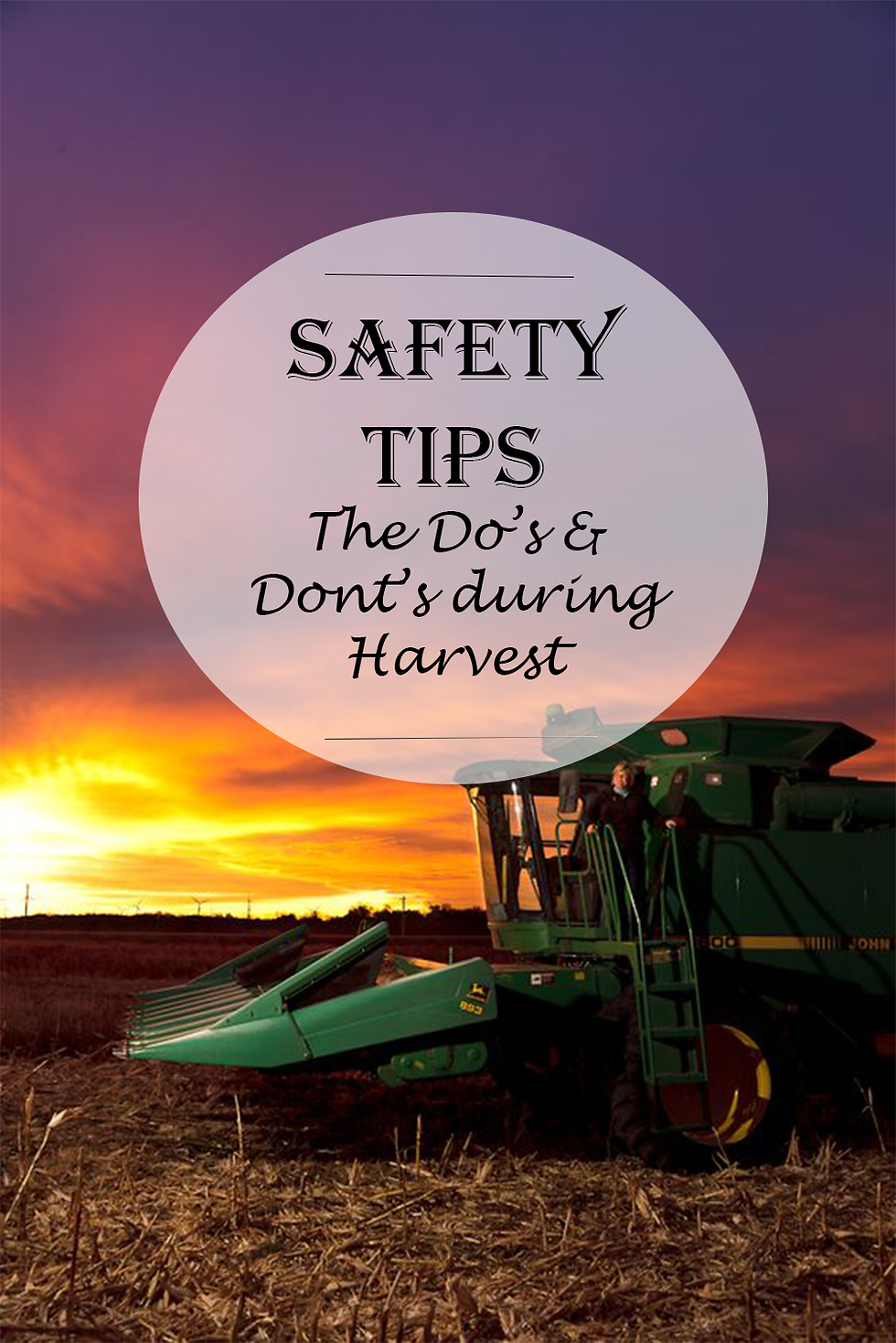The key for a good yielding crop...
- TAYLORLEWIS
- Apr 28, 2017
- 2 min read
Today as I am sitting in my office with rain pounding on my window and the outside temperature near freezing it makes me think of what factors is needed to produce a good yielding crop compared to a bad one. Some of us have partly to all of our corn at least in the ground and some of us might just be starting.
We all know we cannot control mother nature and what she has planned for us over the course of today and this weekend (hopefully no snow, knock on wood) but we do have control of how and where we place the seed into the ground as we are planting. So in today’s blog article I would like to discuss a key factor in producing a good yielding crop, PLANTING DEPTH…

In Iowa, the standard corn seeding planting depth is recommended at 1.5 to 2 inches. This seeding depth allows for a quick emergence and maximum emergence rates. This depth also allows for the proper root system to develop that will supply the corn crop with adequate nutrients and water through the growing season.
If we were having a drier spring than we are we would want to adjust the down pressure of the planter and plant that seed deeper in hopes it will find moisture further into the soil profile, or plant it at the recommended seeding depth and hopes for rain. Well this spring this is something we do not have to worry about as for Southwest Iowa meteorologist are expecting anywhere from 2- 2 ½ inches of rain over the weekend.
Another key factor to consider when planning for your seeding depth is what kind of soil textures you will be planting into. For clay soils we would want to plant shallower as this type of soil will hold water better than sandy soils. And for our sandy soils we can plant those a little deeper as water adsorbs through this texture of soil easier than our clay soils. But remember if soil moisture is adequate at our shallower planting depths we might not need to adjust that depth at all.
So with all this wet and rainy weather what do we have to worry about?? There is a number of things to consider. If we did plant those seed a little deeper than we should of we can experience slower emergence, soil crusting, seedling diseases and insects due to not getting the sunlight needed and being too wet. All of these things can reduce yield potential and some of the factors we cannot control, like mother nature, but we can control our seeding depth.
To wrap things up, it is very important to dig at each of your fields to make sure we our getting optimum seeding depth and our downforce is set correctly for each field.
Know your fields and your planter and have a safe planting season!

































Comments